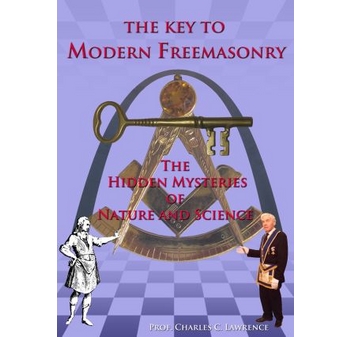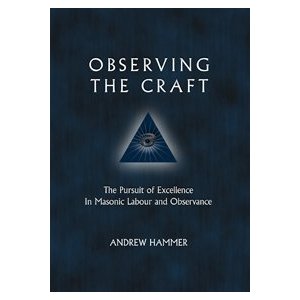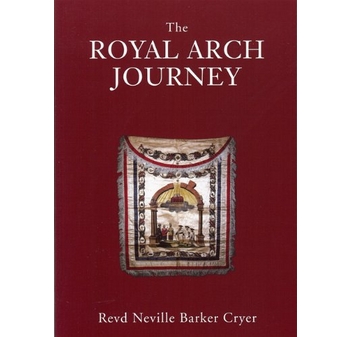 The early days of organised Freemasonry have been neglected for too long, largely because there is not a huge store of documents to be poured over and analysed. What the author has done in this valuable book is to look at the social, political, scientific, intellectual and religious background of the period in which we believe Freemasonry was originating and developing combined with personalities whom we know to have been involved in the early Grand lodge days and the major figures who formed part of their circles. Why are Freemasonry’s rituals laced with scientific concepts and the imperative for learning? Why such a reliance on allegory? Why is the outmoded science enshrined in Ritual so crucial? How did such a dubious group of founders create a brotherhood based on the strictest principles of humanitarian behaviour and why did the intrinsic beauty of the concept far outweigh their shortcomings? Continue reading
The early days of organised Freemasonry have been neglected for too long, largely because there is not a huge store of documents to be poured over and analysed. What the author has done in this valuable book is to look at the social, political, scientific, intellectual and religious background of the period in which we believe Freemasonry was originating and developing combined with personalities whom we know to have been involved in the early Grand lodge days and the major figures who formed part of their circles. Why are Freemasonry’s rituals laced with scientific concepts and the imperative for learning? Why such a reliance on allegory? Why is the outmoded science enshrined in Ritual so crucial? How did such a dubious group of founders create a brotherhood based on the strictest principles of humanitarian behaviour and why did the intrinsic beauty of the concept far outweigh their shortcomings? Continue reading
Category Archives: Masonic Symbolism
Tracing Boards of Three Degrees in Craft Freemasonry Explained by Julian Rees

Freemasonry is about rendering in symbol and allegory that which words alone cannot render. And a visual image gives us a way of using our own insight to decode the message. The tracing boards are there to do just that — from their original function of laying out the plan of the building, they have developed into a means for us to lay out the message, and then to profit by it.
In a sense, this book is written back-to-front; Julian Rees examines the three Craft tracing boards first, laying out the allegories and symbols, then, as an adjunct, the Author takes a short look at the history of their development, looking at some older forms of the tracing boards in use long before the present-day Emulation boards were developed. After that the book looks at practices in other Masonic jurisdictions and other countries. But the first three chapters of this book deal with the Emulation tracing boards, since they are the most commonly used in England. Continue reading
Observing the Craft: The Pursuit of Excellence in Masonic Labour and Observance by Andrew Hammer
Everything to be found in ‘Observing the Craft’ has been practised in Masonic lodges throughout the world at one time or another. But the reason this book has been written is because so many of these things have fallen out of practice in so many of our lodges, if indeed they have ever been practised in some of them. It is the fervent desire of Andrew Hammer that they may be reconsidered, revisited and restored by those brothers who are inspired and inclined to do so, and thus the intention of this book is to describe these ideas and the reason why it is believed that their practice is indispensable to the Craft.
The first question that many readers may have when encountering this book is What does it mean to “Observe the Craft?” One can argue that from the very beginning of the recognised and verifiable origin of Freemasonry in 1717, there is no one way to do so; there has always been a great degree of variety in how the members of our Craft have understood, manifested and conducted what it is that we are meant to be doing. Continue reading
The Royal Arch Journey by Neville Barker Cryer
Over the years the Revd Neville Barker Cryer has delivered many lectures to Lodges throughout the country. His lectures manage to both entertain and inform the lodge members and one perennially popular subject is the Royal Arch Journey. In this volume the author draws on his many years of research into the topic to present an analyis of the history of the Royal Arch, its origins and development, and its place in the present day Masonic tradition. His findings may prove controversial for some as he goes back to its origins in the 18th century but all readers will find this book presents a fascinating and compelling argument. Continue reading



